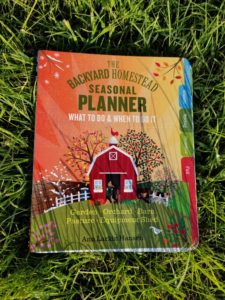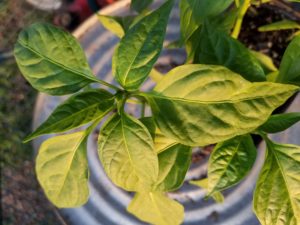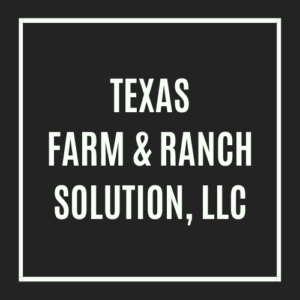As the days start to warm and the leaves return to the trees, my Green Thumb starts to show and I make major plans for a giant garden. I day-dream about abundant baskets overflowing with vine-ripened tomatoes, cucumbers, and yellow squash.
Ok. Not really. That sounds like a lot of work. But, I do enjoy home-grown food.
The only problem I have is that I do not actually possess a “green” thumb. I can kill any plant I have ever crossed paths with. This is confusing to me because my mother can grow anything. Here are a few pieces of advice I picked up from her.
Learn from GARDEN MASTERS
As I have mentioned before, there are people who were born with a green thumb. These people have mastered the art of gardening season after season. This book, The Backyard Homestead Seasonal Planner by Ann Larkin Hansen, is a great guide to follow. I recommend thumbing through it (see what I did there?) first to get an idea of what you are getting into.

This book breaks down seasonal planting and farm management, taking the guesswork out of your gardening and farming. It contains in-depth information about pruning, cover crops, and harvesting. You may think this book will not be very useful to you if you live on a small acreage or in a city. But, The Backyard Homestead Seasonal Planner contains information that would be handy to farmers big and small.
map your garden out
Your garden does not have to be fancy. It only needs to be functional to you and the plants you will be growing. Make a list of produce you would like to cultivate. I recommend keeping a list in your Brain Book, so you always have it handy.
Measure the space you will be utilizing. Plants need room to grow. An overcrowded garden may sound like the answer to increasing your yield but keep in mind, it may also be hindering development.
Take note of the sun and shade hours at your garden’s location. All plants need the sun to grow, but all plants do not need the same amount of sun. As plants mature, they may become sun blockers to surrounding foliage, causing those plants to lose vital sun time.
buy easy plants
Study your planting region. Buy plants made for your zone. Growing seedlings is a chore and requires extensive planning, usually during the previous season. You will have a time advantage when you use more mature plants.

Consider buying plants from local nurseries. Many local growers will be able to help you find easy-to-grow plants for your area. Growing is their business, therefore they have plenty of knowledge to pass on to you.
Start small
Grow produce that is utilized the most in your home. This will help you to cut down on wasted food. Spending time, money and effort on plants you will not use will make you feel like you are wasting your time. Experiment with other fruits and vegetables after you have mastered the art of gardening.
Pencil in watering time
Remembering to water your garden can sometimes be the hardest part of gardening. In the event that you find yourself forgetting this important step, set up a reminder on your phone or calendar. You can set up an automatic watering system, but there is something therapeutic about hearing the water hit the ground.
Again, not all plants will use the same amount of water. Keep this in mind when planning your produce locations inside your garden.
Happy Gardening!
To summarize, we are not all born with green thumbs, but faking a green thumb isn’t hard to do. Ask questions and learn from those who were born with the talent to grow something other than weeds. Practice makes perfect. Keep a running list of things that work or didn’t work well in your garden to prepare for your next planting.
[convertkit form=1075301]
